The Covid Diaries 27: The Norfolk Coast, King’s Lynn to Wells-Next-the-Sea
A recent visit to the North Norfolk Coast took me to a range of heritage sites. In which I contemplate managed natural environments, and learn that not all Roman sites are worth tracking down.
Heritage on the Norfolk Coast
The last few posts on this blog have all described my recent trip to Norfolk. I spent two nights in King’s Lynn, followed by two nights at Wells-Next-the-Sea to visit nearby Holkham Hall. I did my usual round of museums, historic buildings and stately homes, but once we were outside the decent-sized town of Lynn, the landscape of the North Norfolk Coast opens out. A lot of the activities from this point are outdoors: bird and nature reserves, coastal walks and so on. This makes it the type of place which lends itself to social distancing so is perfect for the current moment. It also had me reflecting on the historic sites, natural and managed environments in the Norfolk heritage and tourist landscape.
There are numerous organisations who preseve natural and man-made heritage in the United Kingdom. Many of them emerged in a similar period, and several are present in Norfolk between King’s Lynn and Wells. There’s the National Trust (founded 1895) and the Royal Society for the Protection of Birds (1889), for example. English Heritage was a relative latecomer, founded in 1983, but also manages sites in the area.
Public Access to Natural and Built Heritage
The National Trust and RSPB, like many similar organisations in various countries, were founded by small groups of passionate individuals. Interestingly, women were prominent in both. The founders shared a vision of preserving places of national importance and also making them available to the public. There was a particular wish to allow access to urban dwellers, and ensure that urban sprawl did not rob the public of important and representative sites. Given the enormous expansion of cities during the Victorian period (the endless suburbs of Victorian terraces in London attest to this), these values are hardly surprising.
From these origins the organisations have thrived, and have strong followings today. Given that a lot of what is preserved is out of the way and more or less requires a car, and that entry costs are either by annual membership or can be rather steep I would argue that it’s mainly the more middle class urban dwellers who have access to this heritage and constitute the strong following. But at least it’s preserved.
*Google informs me an ostler was a man employed to look after the horses of people staying at an inn. Very specific.
What Is Being Preserved? And For Whom?
A thought I had while touring the North Norfolk coast was about the management of these sites. Some preserved buildings are a little incongruous. For example the 18th Century ostler’s cottages pictured above which have not been lived in since 1935. They are now stranded at the edge of a large car park. Without interpretation of some kind or public access, what really is the point of preserving them through a heritage listing? On the other hand, not everyone used to live in the likes of Holkham Hall, so it’s important not to erase the traces of working class history just because it is not in an attractive spot or likely to draw in crowds. So I’m a little conflicted on what should be done with sites like this. Not everywhere has enough passionate locals to set up a museum in the style of True’s Yard…
Is That a Roman Fort? Or a Paddock?
Another slightly odd case study along this stretch of the Norfolk coast is Branodunum Roman fort at Brancaster. It is National Trust-managed and does a really remarkable impression of being an empty field. Again great that it is preserved and is managed by someone; although without interpretation I am not sure it’s worthy of being included on the list of local sights. We didn’t know we had ‘seen’ the fort until we had looped right around the coastal path and seen a little sign on one of the gates.
I guess my point here is that just preserving for posterity isn’t always enough. I’m sure the National Trust would love to have the budget to do more, so it’s not that. But in the meantime the public are not much enriched by looking at a field with little idea of how it was used or what the landscape looked like at the time or anything else in that vein.
Natural Heritage On The Norfolk Coast
When it comes to the natural sites, we went to a few; Snettisham Beach and Titchwell Marsh (both have an RSPB-managed nature reserve but we only visited this at the latter); a National Trust managed harbour and coastal walk at Brancaster Staithe; and Holkham Bay. I am unclear whether the latter is managed as part of the Holkham Estate or is just a public beach. It was great getting out into the open air, admiring birds and feeling the sand beneath our feet.
These sites are ‘natural’ to varying degrees, however. Titchwell Marsh is a good example. Being managed by the RSPB, birds are of course the central focus. Birds need natural habitats to come to, feed in, nest in etc., but the site felt very much engineered. There are paths, hides, and clear definitions between one type of habitat and another. Everyone else who was there had serious bird-watching equipment and we were just casual visitors trying to distinguish between egrets and oyster catchers; maybe that’s what gave me the time to think about this.
It was a very pleasant trip nonetheless, and lucky that we got to see it. The RSPB have reduced their parking capacity to match social distancing capacities, so the first time we drove past there was an employee who had drawn the short straw and was tasked with standing at the turnoff waving people away.
Final Thoughts
What my ponderings about managed natural environments came to is that it’s ok that they are not entirely ‘natural’. The idea of a completely wild environment in a long-inhabited landscape is mostly a Western conceit anyway. I doubt the birds know that their ancestors lived in a less delineated space with fewer onlookers, after all. So its best to just relax and enjoy these forays into natural heritage and coastal walkways.
What then should I advise you, dear readers? Firstly, definitely visit the North Norfolk Coast should you have the chance. It is a lovely part of the country and has some beautiful beaches and cute little towns. Secondly, probably don’t stay in Wells unless you really love ostlers’ cottages. The large car park previously mentioned is a notable and typical feature of the centre of town… There are nice parts away from the centre, but there are also nicers towns close by. And my last piece of advice is to potter about like we did, mixing up nature reserves, historic sites and windswept beaches. All finished off with some hot fish and chips at the end of the day, perfect!
If you see this after your page is loaded completely, leafletJS files are missing.

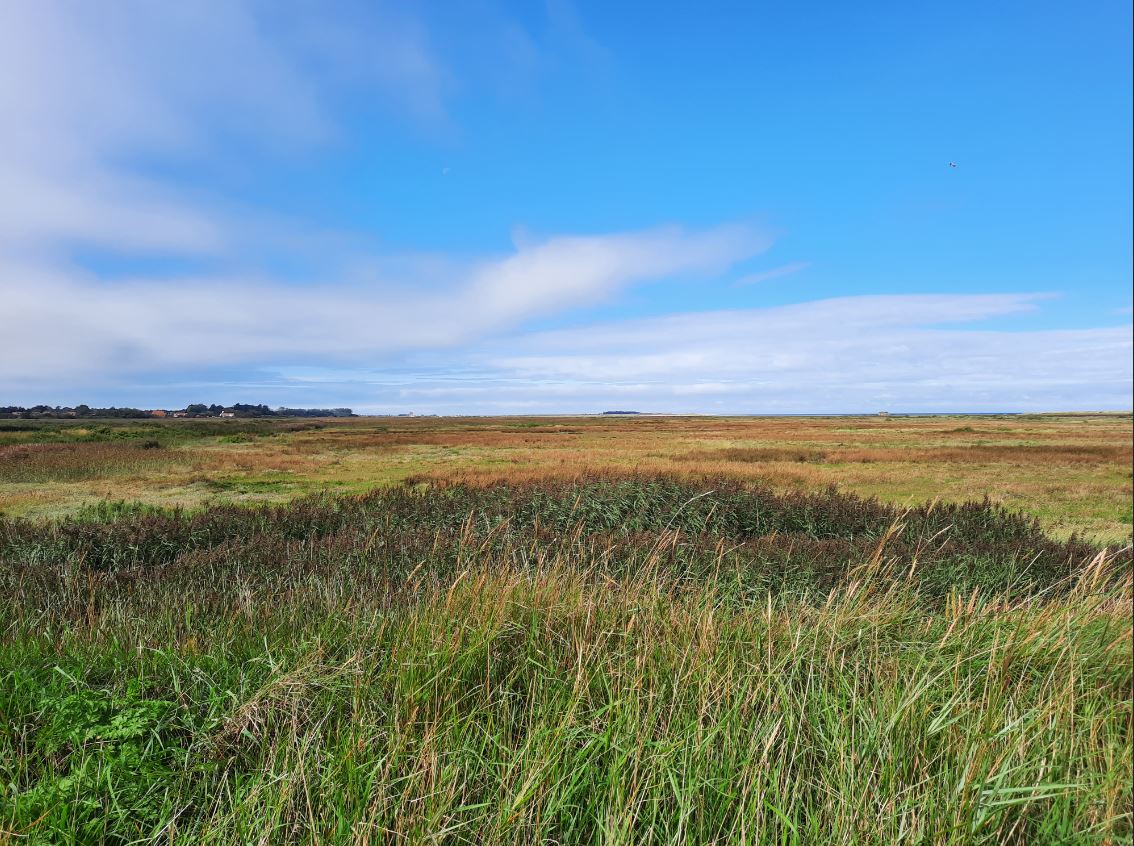
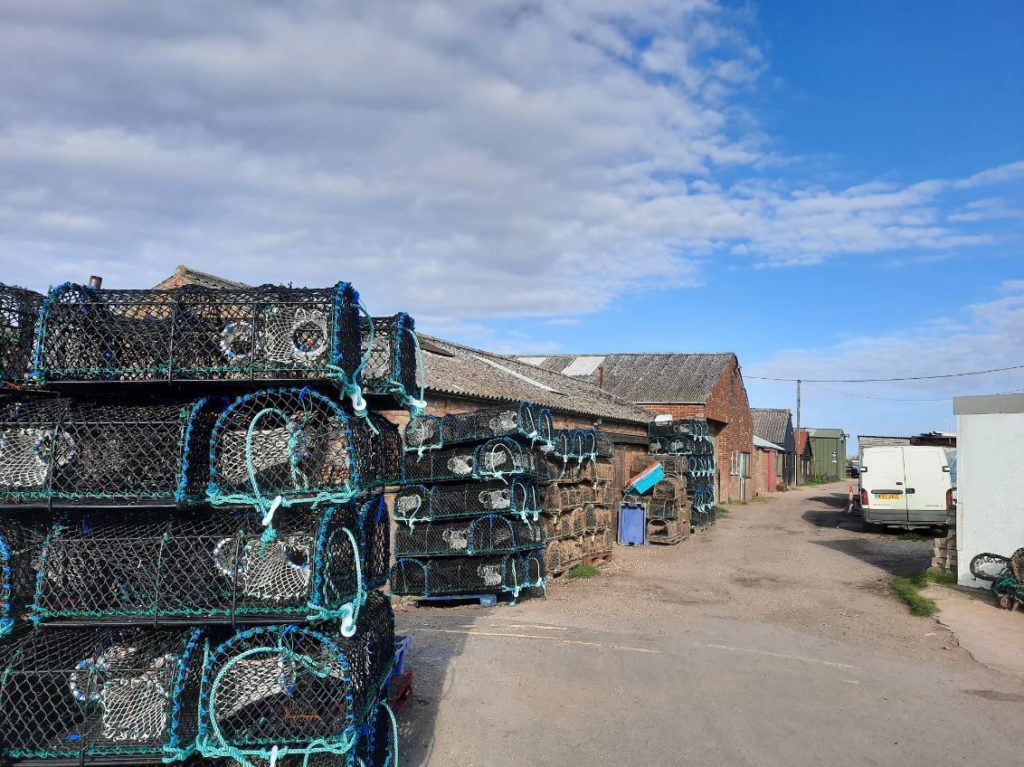
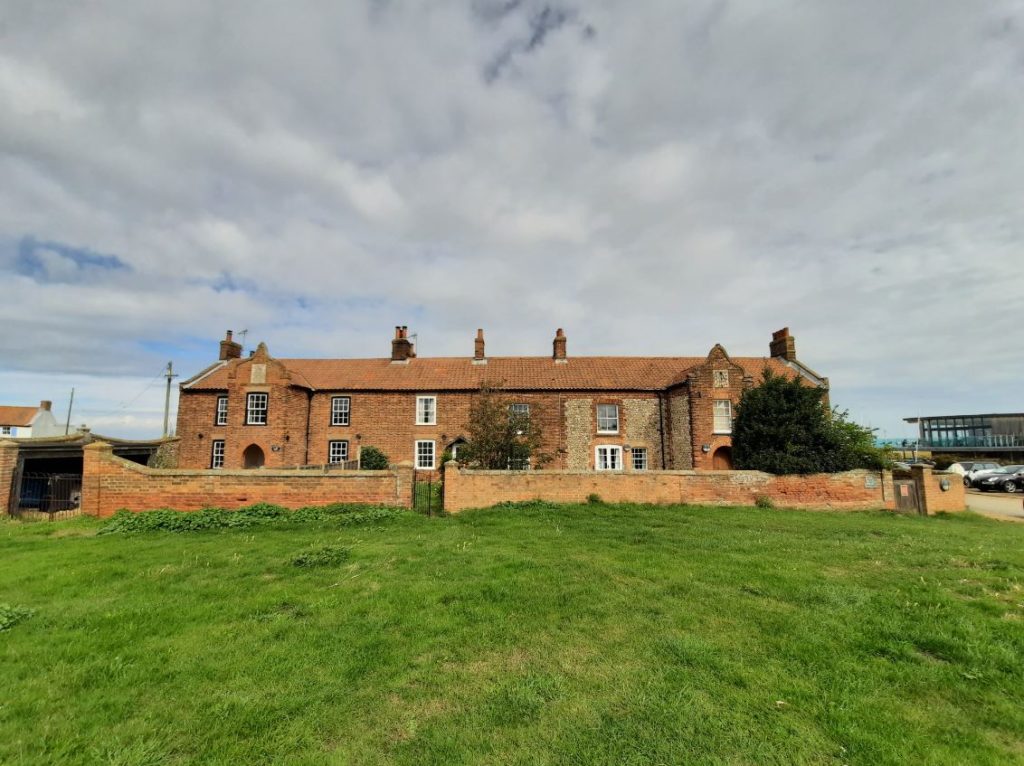
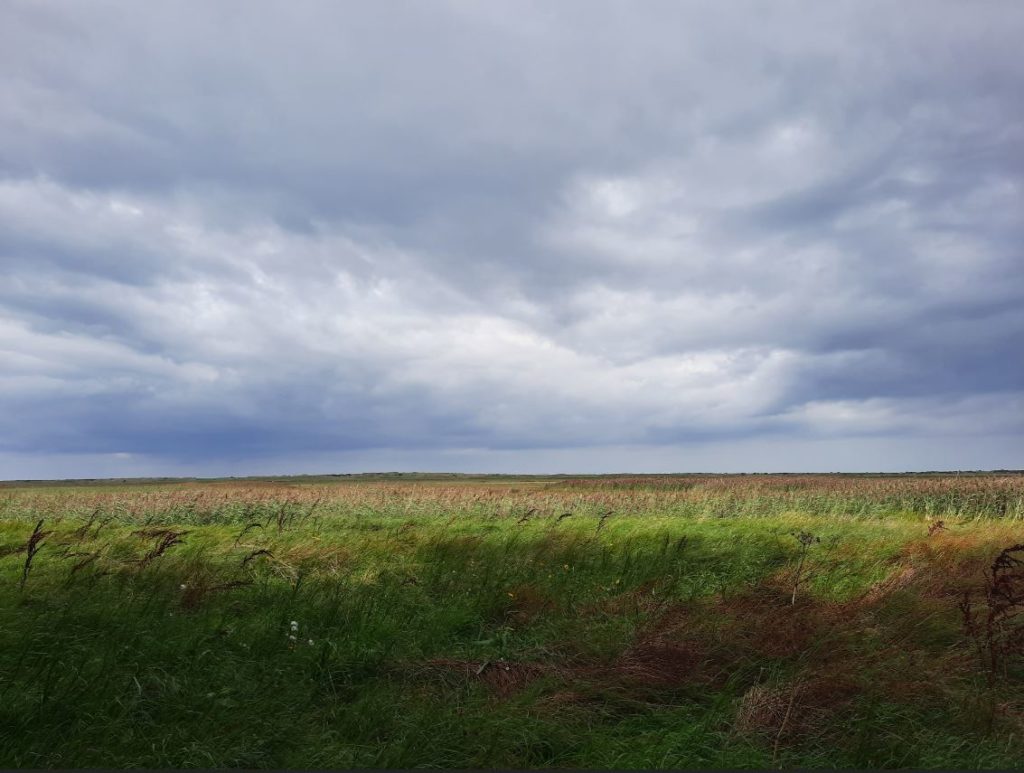
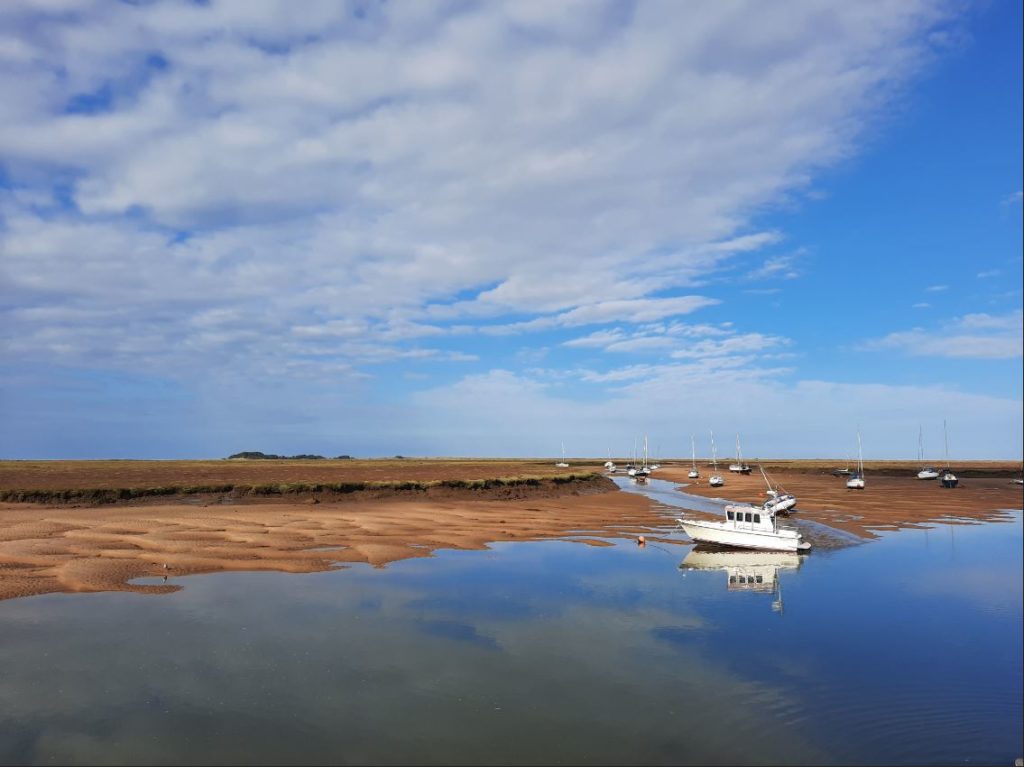
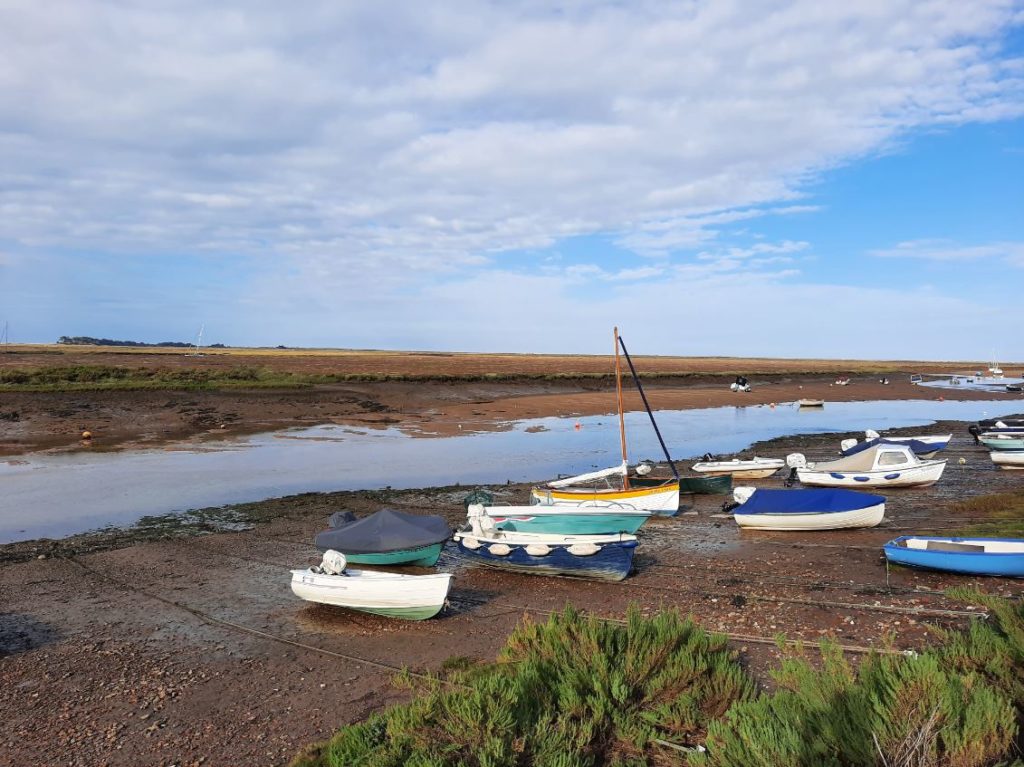
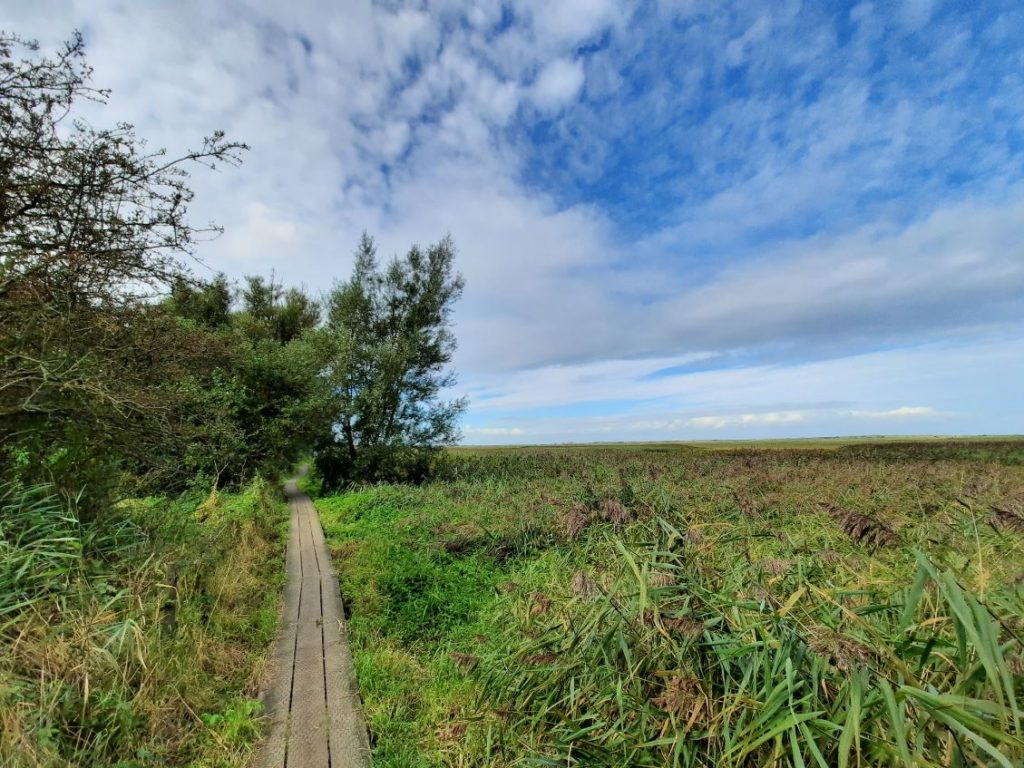
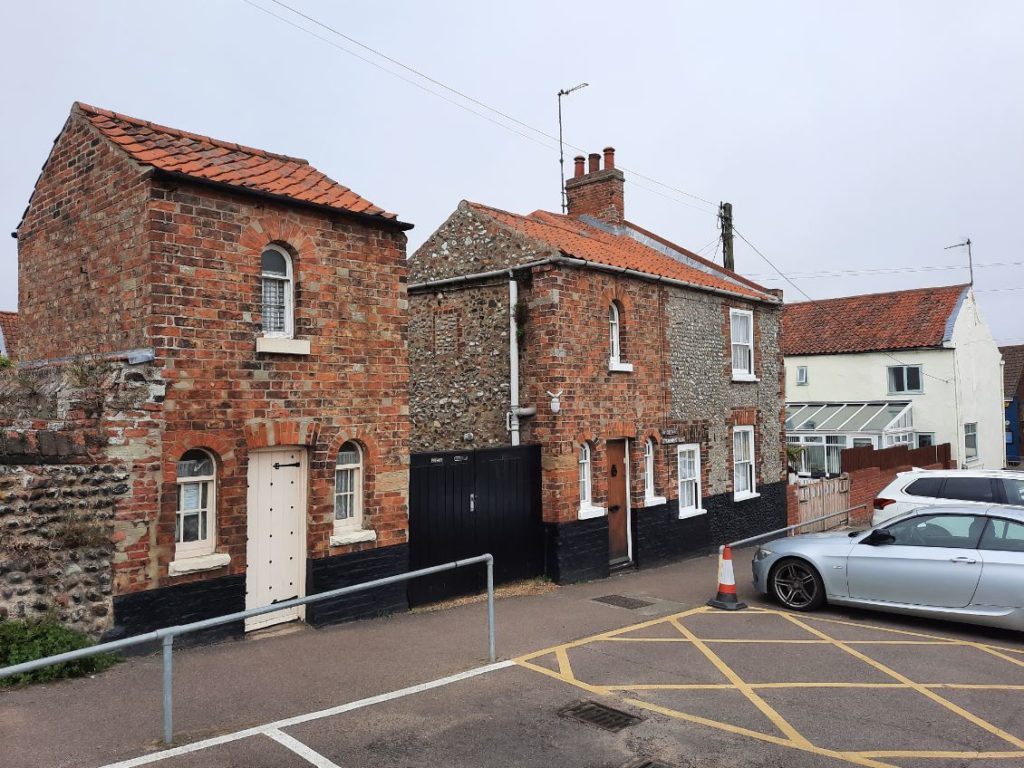
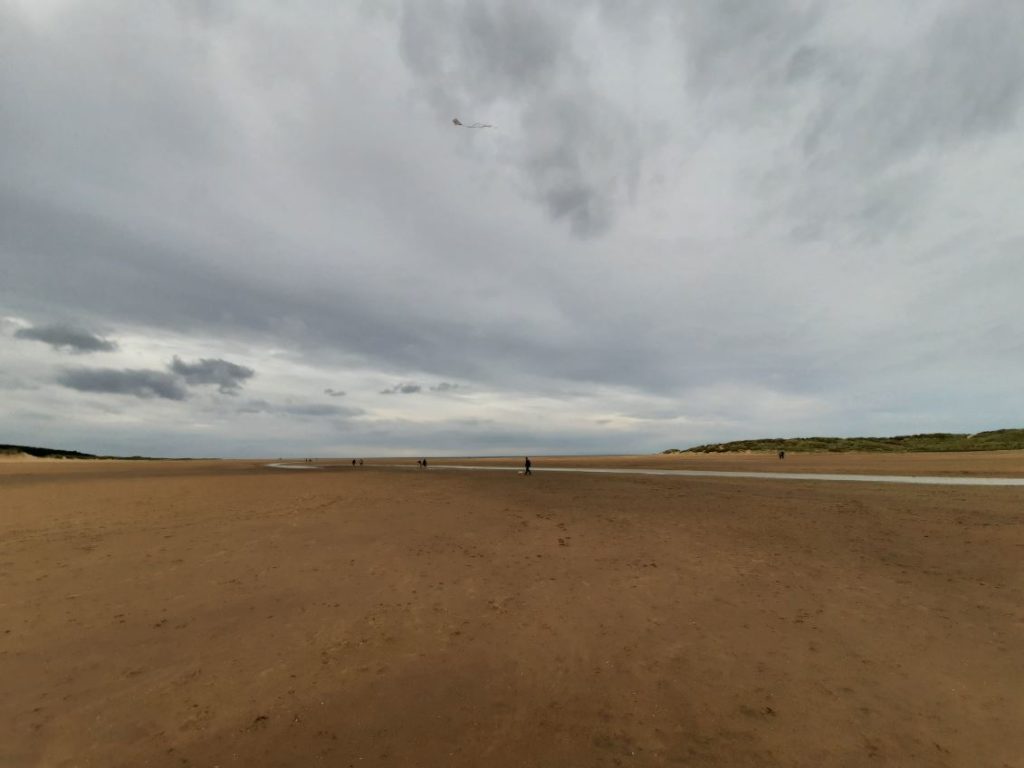
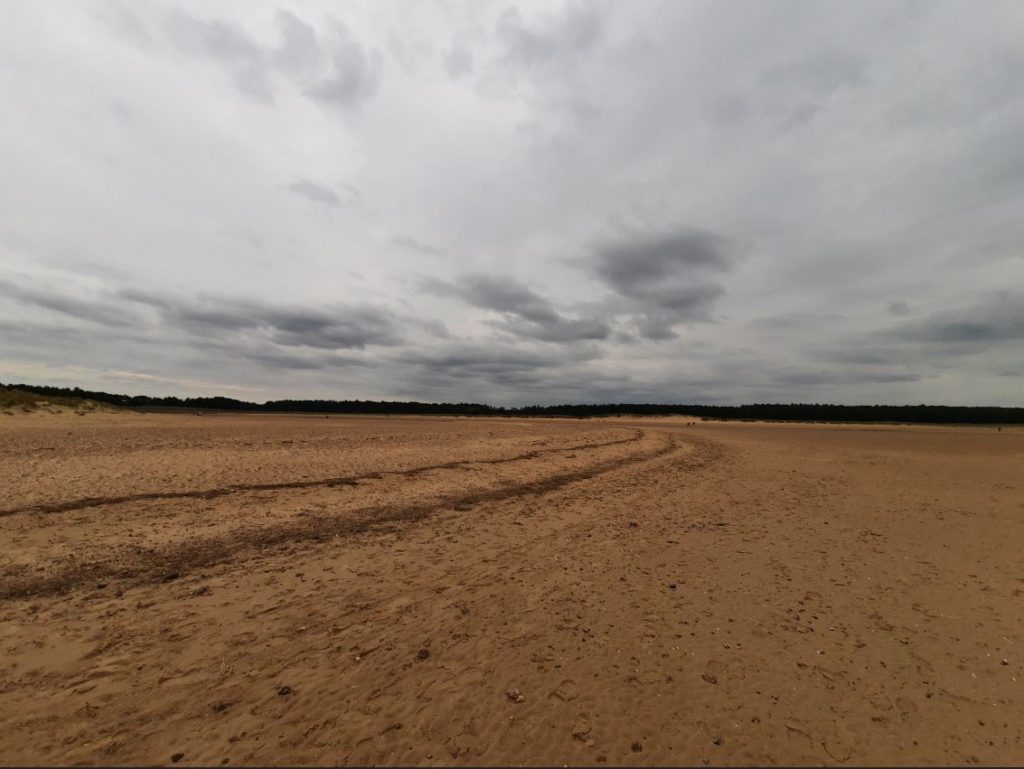
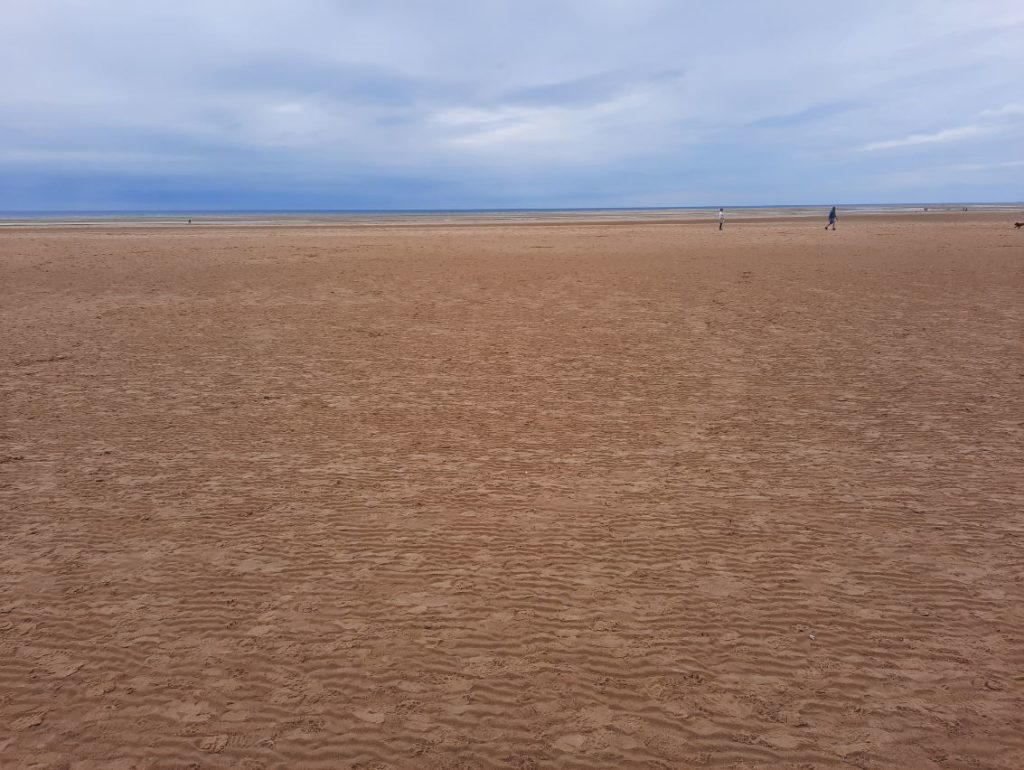
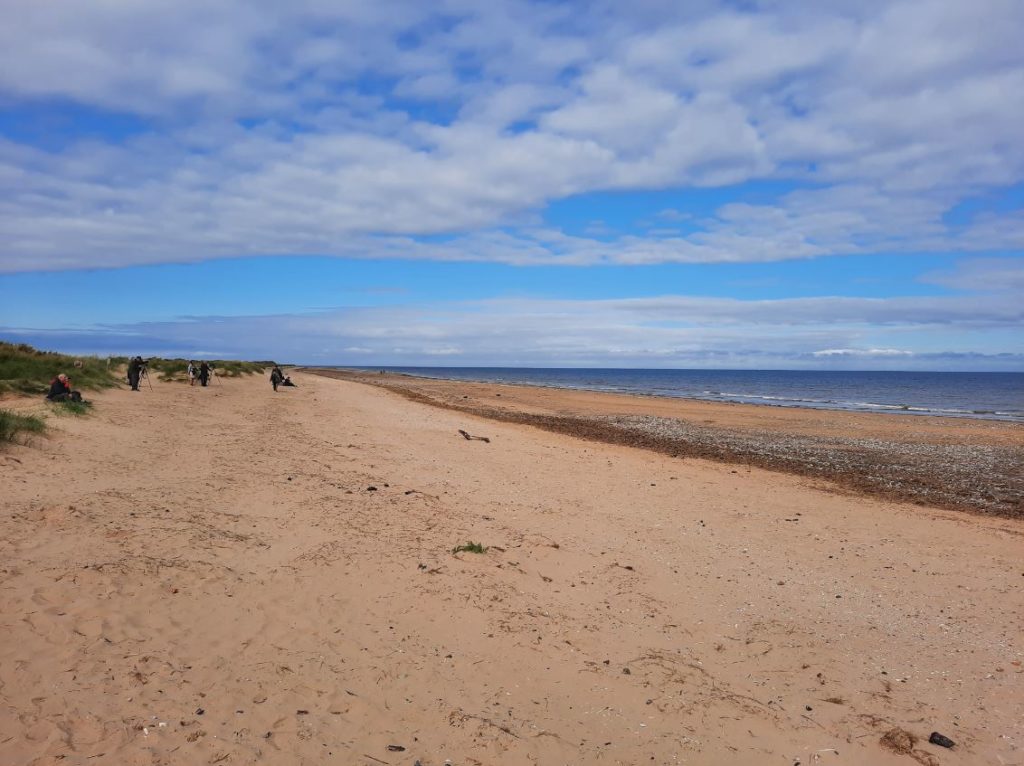
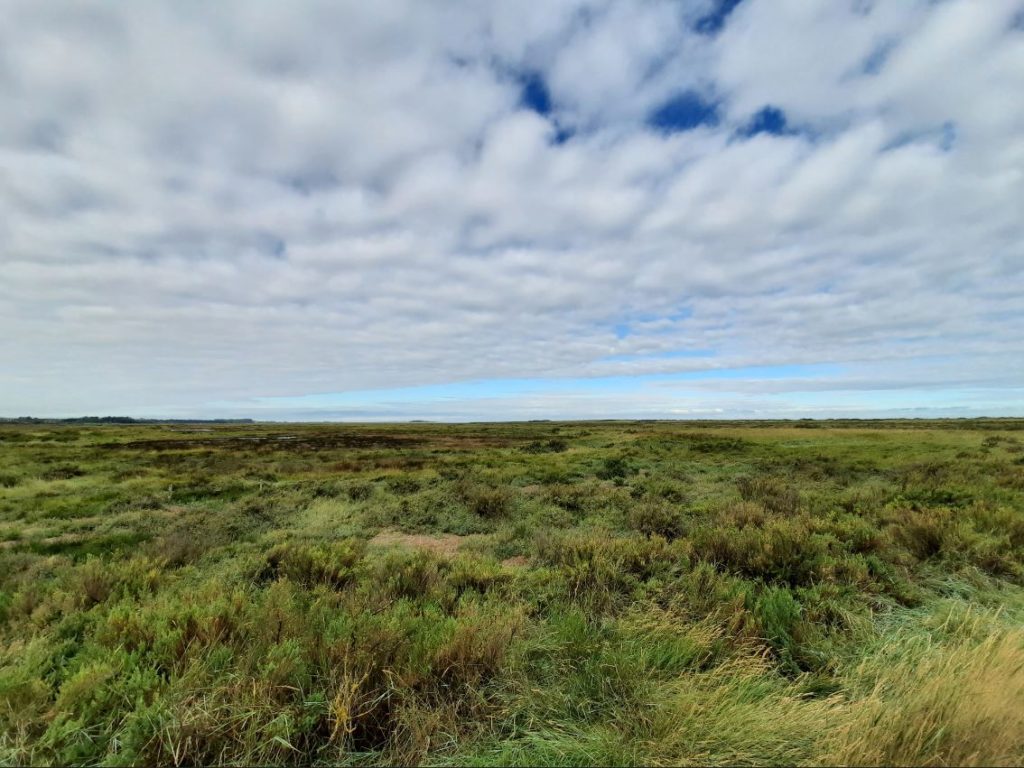
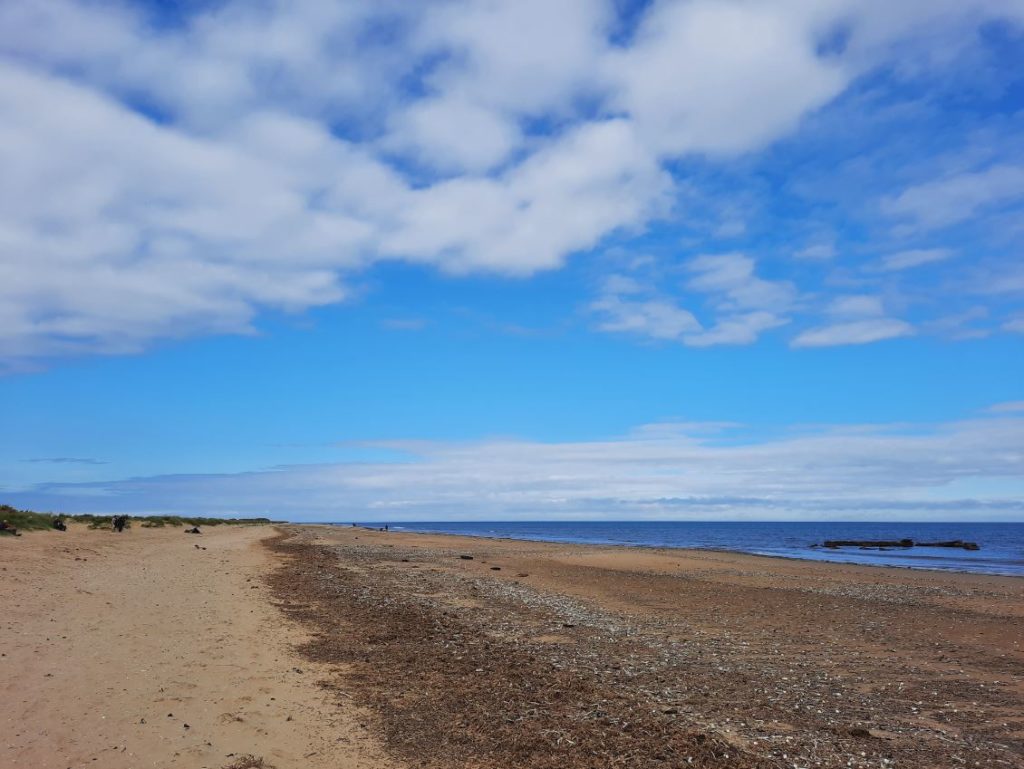
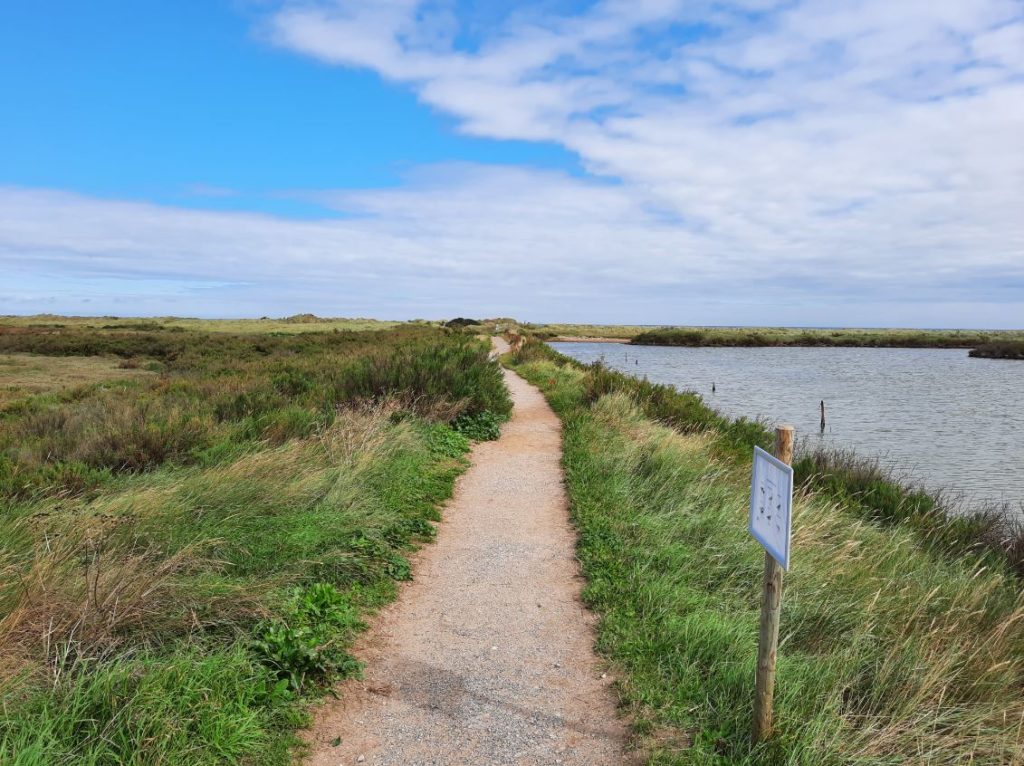
One thought on “The Covid Diaries 27: The Norfolk Coast, King’s Lynn to Wells-Next-the-Sea”